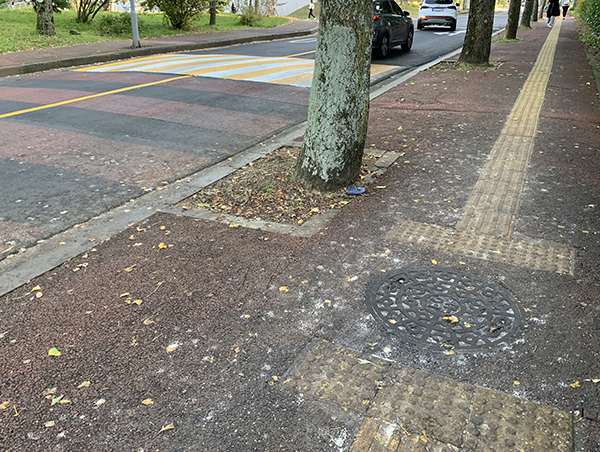
Trees lining the side of the streets are a common view in Korea. These trees on the side provide a pleasant environment by giving us shade, reducing air pollution, reducing the sounds of cars on the road, and providing beautiful scenery. There are many types of trees used for these purposes, but the Ginkgo tree is the most common in Korea. The reason for this is because it grows well in Korea’s habitat and emits a substance that keeps the bugs away. Despite all the pros Ginkgo tree provides, there is one con that affects their whole image: the odor of the Gingko fruits.
Gingko trees can be seen all around the JNU campus but mainly in front of the 6th dormitory. Students who walk pass the 6th dormitory regularly showed discomfort due to the crushed Gingko fruits. Because there are lots of students who live or walk past the dormitory, most of the fallen Gingko fruits get crushed on the sidewalk which makes the sidewalk look and smell unpleasant. Also, once you step on the fruits they will stick on the bottom of your shoe and the smell will follow you around for a while. While Korean students are somewhat used to these trees, some of the foreign students stated they have never seen them this commonly and don’t understand why people plant them on the sidewalk.
Though people tried to put the fruits aside to prevent students from crushing them, it is still a problem. But winter is coming fast and autumn is almost over. The smell of these fruits are unpleasant but Korea has a short fall. It will be gone even before you notice it.

